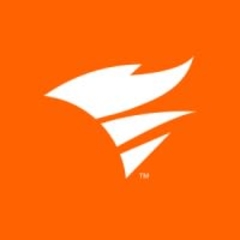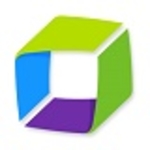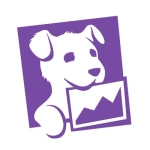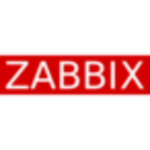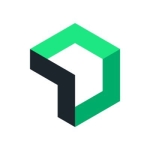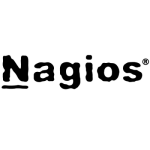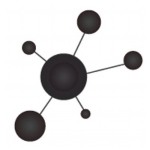We mainly use SolarWinds for reporting on server utilization. It gives alerts based on a defined threshold. For example, if utilization exceeds 80 or 90 percent, it gives us a critical warning.
The component and cable monitoring are good. SolarWinds is more intuitive and user-friendly than AppDynamics. The AppDynamics console is more complex because it's a more feature-rich solution, so it's not easy for somebody to pick it up.
SolarWinds' interface is slow, and this is a global concern. Every SolarWinds user complains about the sluggishness. The response is slow. If you browse from one page to another, you have to wait.
Our company is a massive user with plenty of licenses, so the performance issues could be due to the load per license. Ten thousand components can be mapped under one license. So SolarWinds needs to take care of the speed problem. It cannot be this slow. That is a huge complaint. Otherwise, the tool is good.
It should also be easier to upgrade SolarWinds. AppDynamics is harder to deploy but easier to upgrade. So AppDynamics takes a lot of time and effort to install, but you can upgrade it in minutes. SolarWinds is the opposite. It's easy to deploy, but upgrades take forever. To date, nobody can complete it on time, so the production environment is sitting idle.
The upgrade time matters because you only install the solution once, but you'll need to upgrade the solution repeatedly over the life of the product. A complex installation isn't an issue, but I mind if the upgrade takes too long because it's already in production.
We've been using SolarWinds for about five years.
SolarWinds is stable in the latest versions.
SolarWinds is scalable if we procure more licenses. The scalable engine concept allows us to add polling engines for the new clients, so it's scalable in that sense. We have 400 users.
We haven't used any other server monitoring solution extensively. Two years ago, we used Datadog briefly. I was asked to determine whether Datadog would be better for us because it was less expensive than other tools. We did a test run FOR six months period of knowledge. We mainly tested it, and I handed it over to another team after giving the tool the go-ahead.
The initial deployment isn't a challenge. It takes two or three hours if you have multiple polling engines. However, upgrades can be problematic. Let's say we have 12 to 14 additional polling engines. It takes about a month because we have to do it one at a time on the weekend during non-business hours. This is a considerable limitation because a centralized upgrade doesn't work correctly in an offline environment.
For security reasons, we don't have permission to upgrade all the engines at once online. The SolarWinds team is also clueless about helping us. Their documentation is inadequate. Upgrading SolarWinds is a time-consuming process, posing a significant problem for us. We have an eight-person team deploying and maintaining SolarWinds.
SolarWinds' tech support is fantastic overall, but the level 1 support often misses the problem. They start by collecting the diagnostics. They are cooperative, but level one is usually lacking in knowledge.
We pay for licenses. It's less expensive than AppDynamics, which requires you to pay for each node.
I rate SolarWinds Server and Application Monitor six out of 10.

